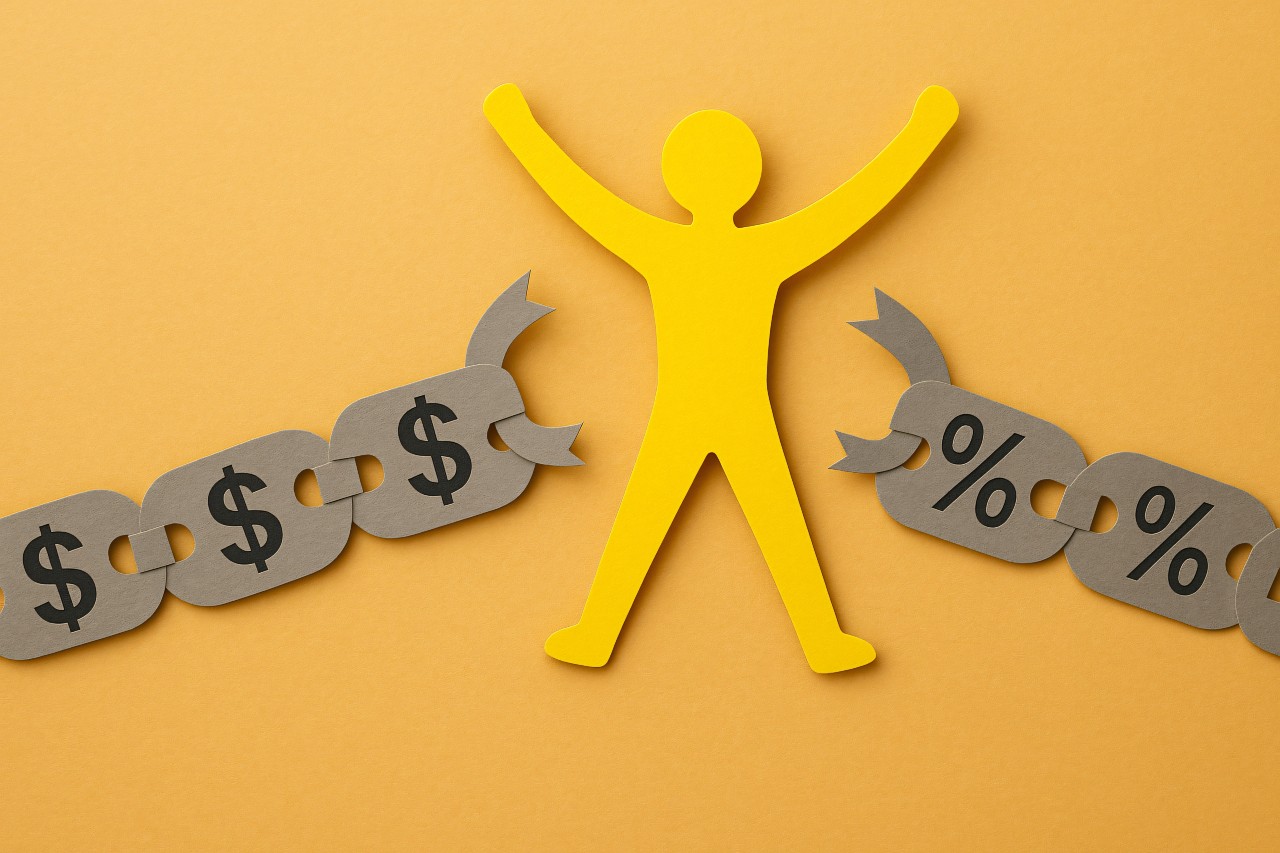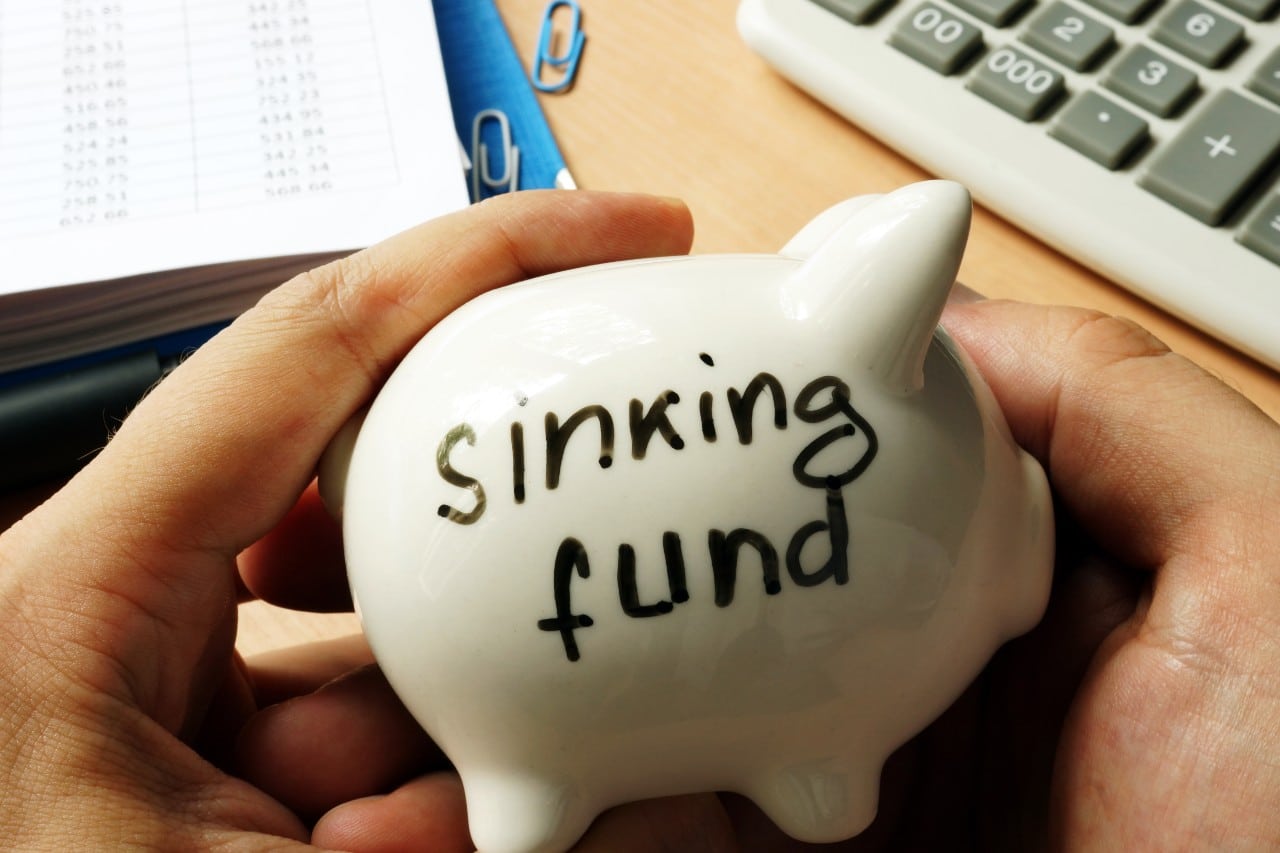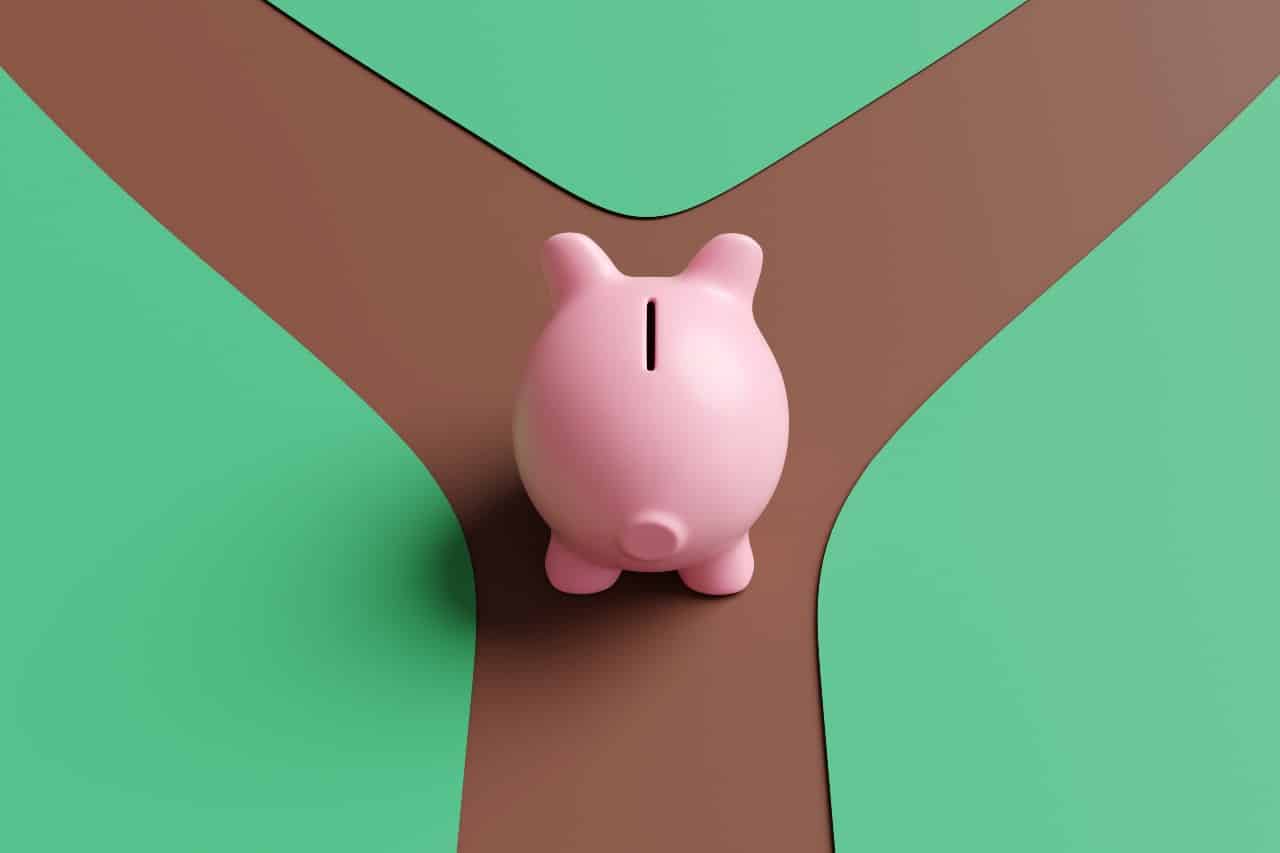Do you have various types of consumer debt and you’re unsure which one to pay off first? Our Debt Repayment Calculator is best for anyone with various types of consumer debt at different interest rates. It will help you determine how long it’ll take to pay off all your debt.
Start by entering the current balance and interest rate for these debt types:
- credit card
- automobile
- line of credit
- overdraft
- other debt
Click “Add New Debt” to add as many debt types as you like.
Next, choose your expected monthly payment or desired payoff time frame.
Your expected monthly payment is the total amount you would like to pay each month. The calculator uses this to calculate how long it will take to pay off your debts and how much you will pay in interest.
Your desired payoff time-frame is the amount of time you would like to pay off your debt. You can choose the payoff time in months or years. This will help calculate how much you will need to pay each month including interest.
Click the “calculate” button to see how much time and money you could save.
Under the heading “debt repayment information,” you can see how much interest you’ll pay if you fully pay off the debt on your own. In this section you’ll see the expected payoff time in months, the amount of principal, interest and total cost as a helpful pie chart.
Under the heading “see your options,” you’ll see the various debt relief options:
- repay debt on your own
- debt consolidation
- credit counselling
- consumer proposal
- debt settlement.
Not sure which debt solution is right for you? Click the button at the bottom of the calculator to get your free savings estimate.
Two popular ways to pay off your consumer debt are the debt avalanche and debt snowball methods.
Debt avalanche
Focus on paying down the debt with the highest interest rate. For example, if you have two credit cards, card No. 1 with an interest rate of 19.95 percent and card No. 12 with an interest rate of 24.99 percent, you’d focus on paying off No. 2 since it has the highest interest rate, while still paying the minimum on No. 1. This is crucial since it will keep your credit score in good standing.
Debt snowball
Focus on paying down the debt with the lowest outstanding balance. If card No. 1 has a balance of $2,000 and card No. 2 has a balance of $5,000, you’d focus on paying down No. 1 since it has the lowest balance. You’d of course keep making the minimum payment on No. 2, but the point is to gain momentum on your debt to see results.
Choose the method that you find most motivating and put it into action to help reach debt freedom sooner.


